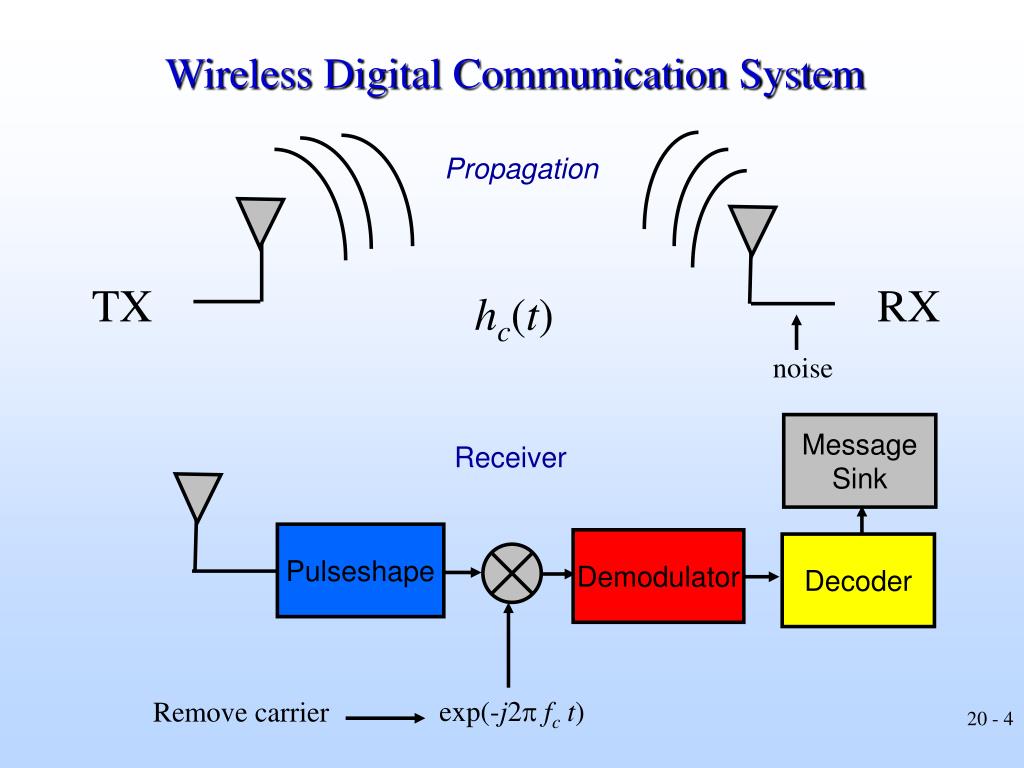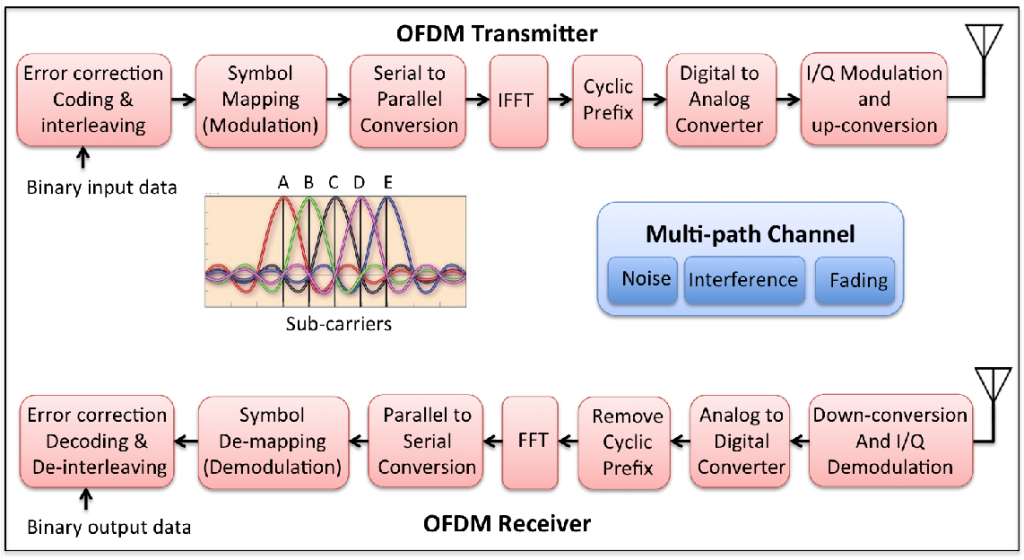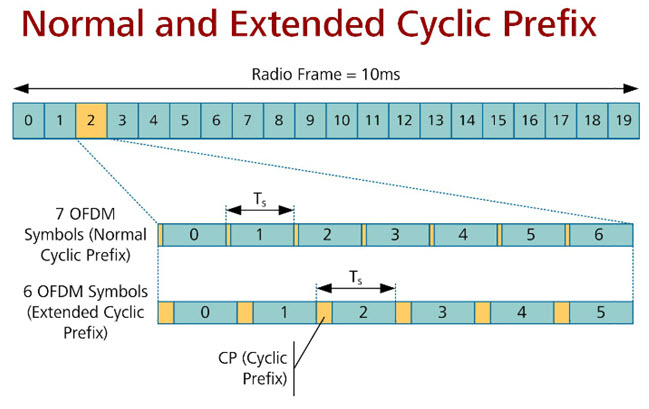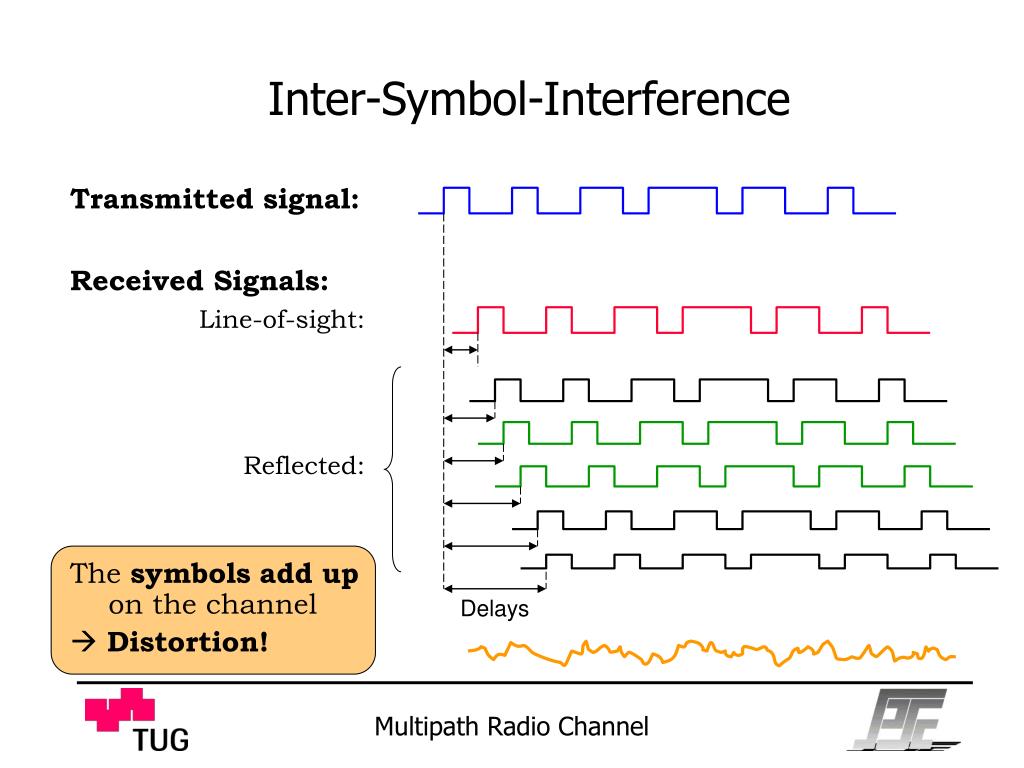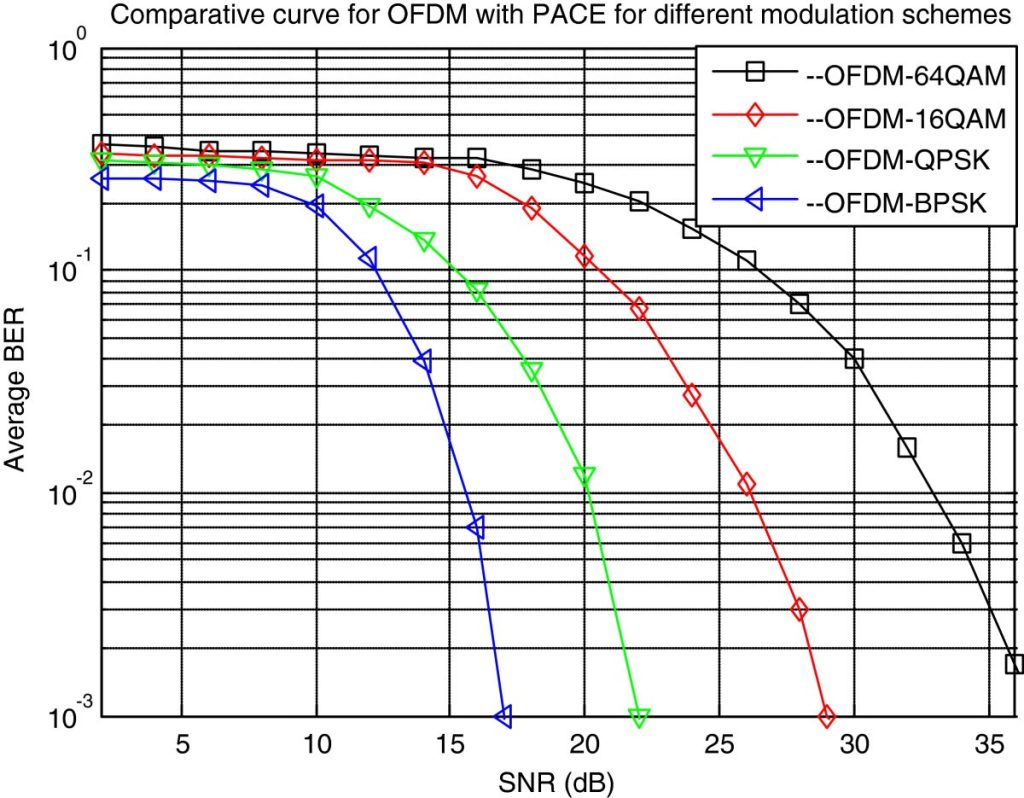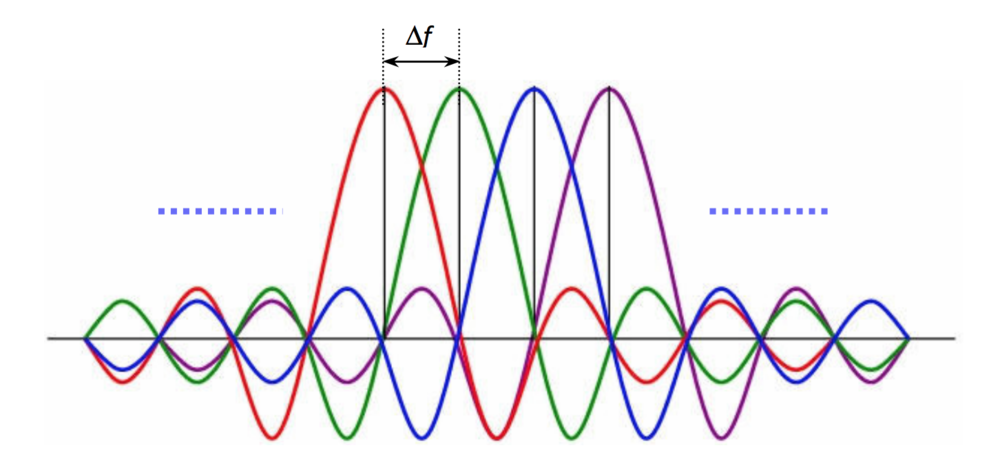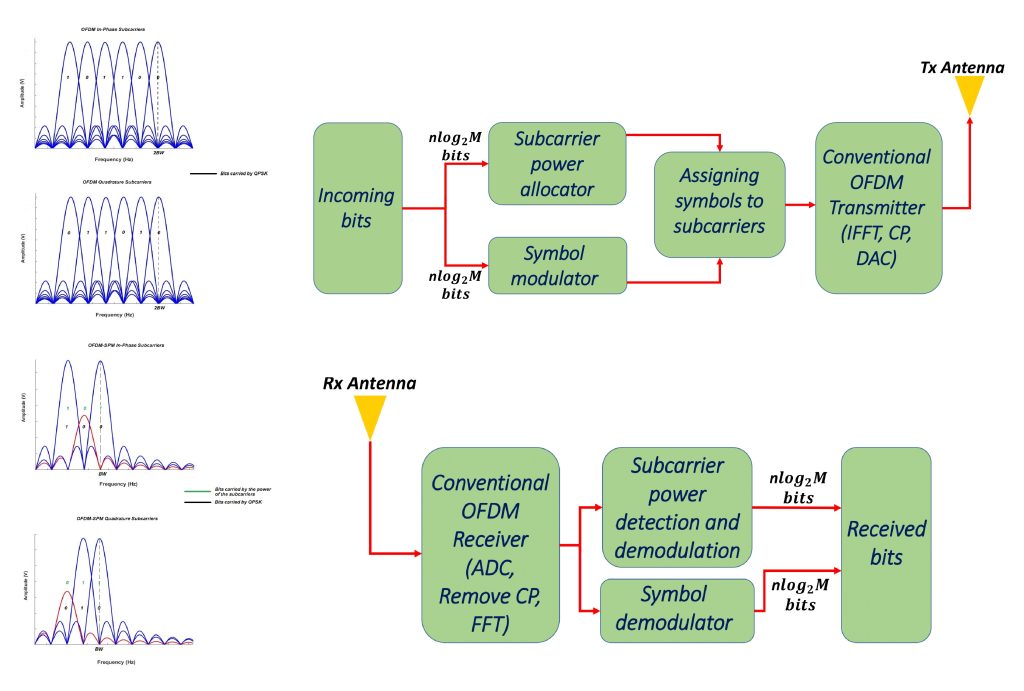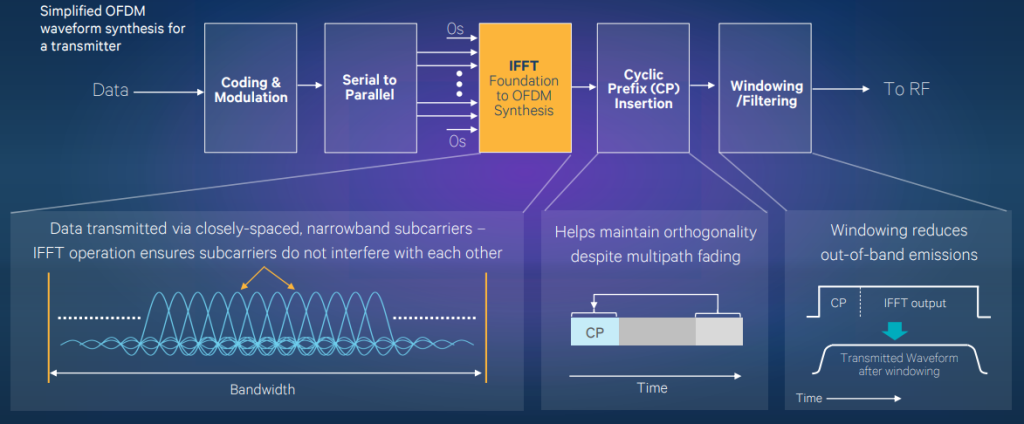The Basics of OFDM and FDM in Wireless Communications
The landscape of wireless communication systems has been transformed by the incorporation of cutting-edge modulation techniques, such as Orthogonal Frequency-Division Multiplexing (OFDM) and Frequency-Division Multiplexing (FDM). OFDM, a method that leverages multi-carrier transmission to divide the available bandwidth into a multitude of subcarriers – each carrying a minute portion of data – is particularly noteworthy. […]
The Basics of OFDM and FDM in Wireless Communications Read More »

